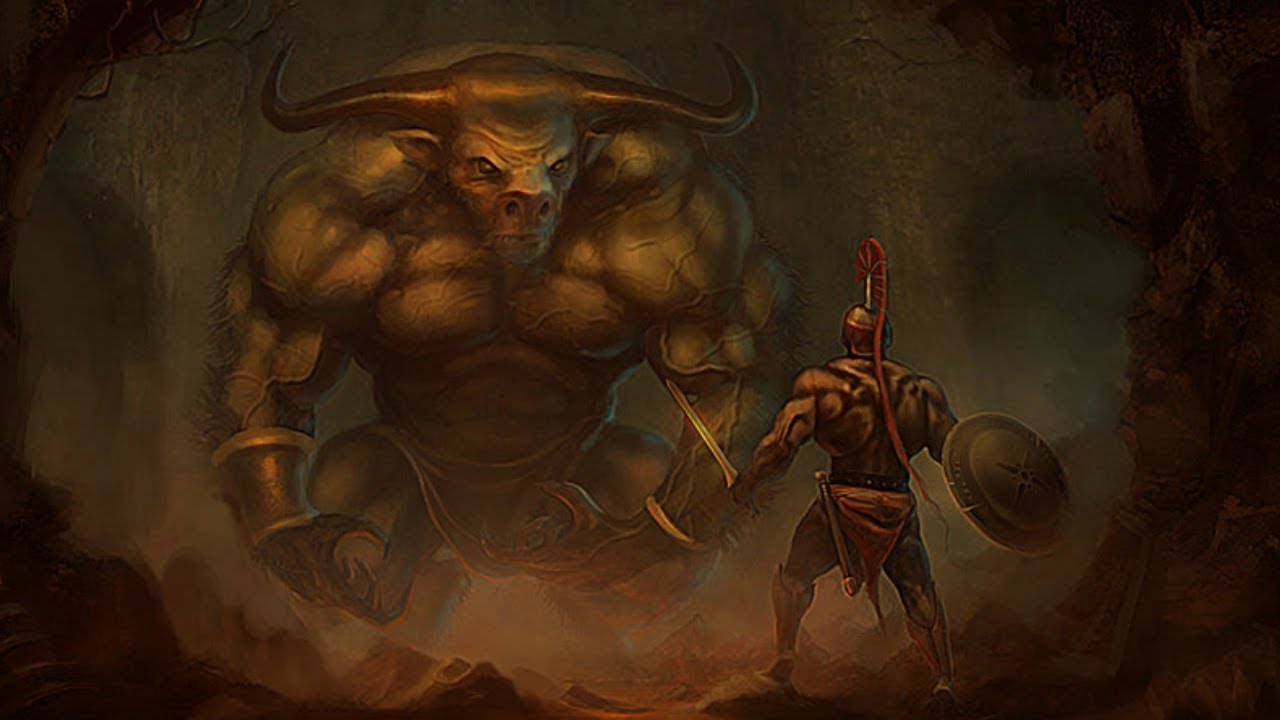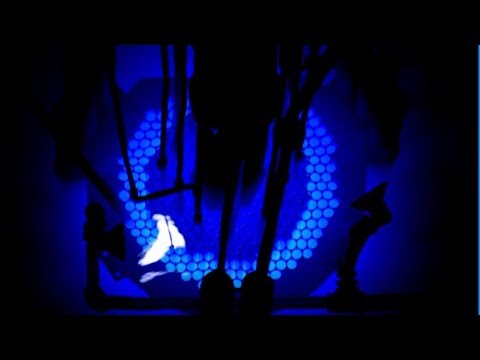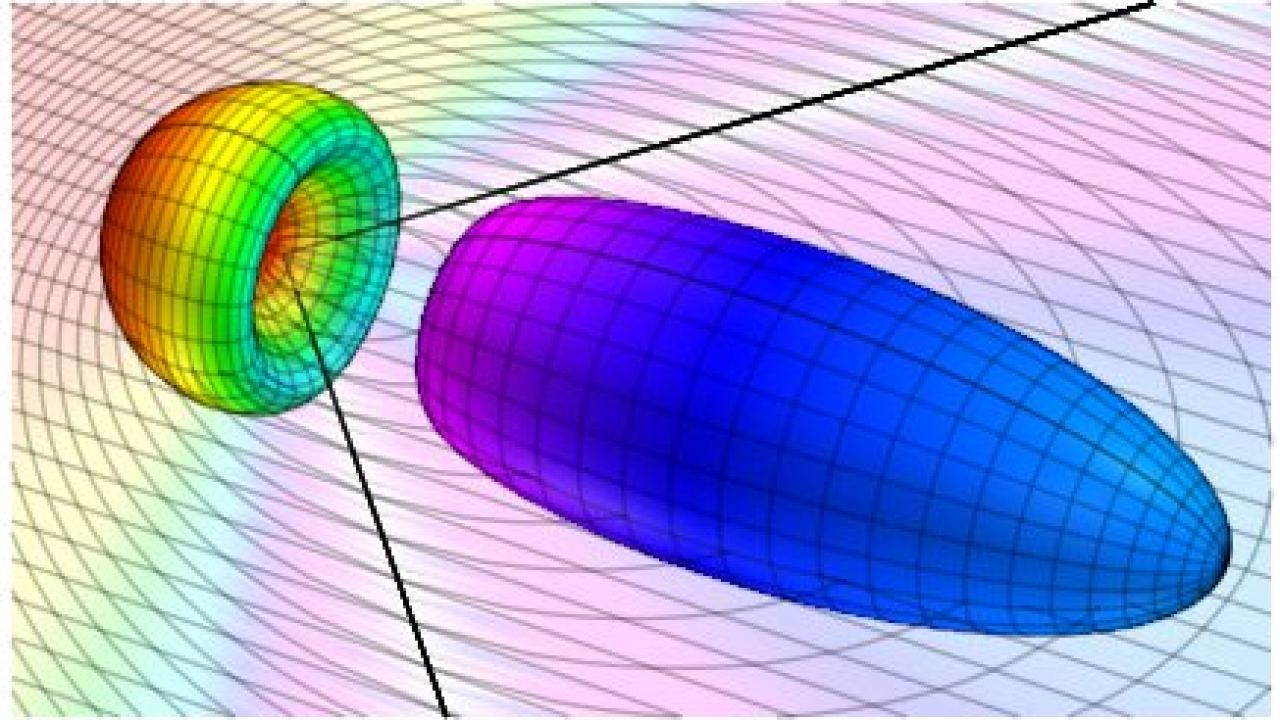Julian Date: 24591150.16
2020-2021: XXXIII
THE DAILY ASTRONOMER
Tuesday, October 27, 2020
Remote Planetarium 111: More Relativity Questions
Welcome back!
We continue our relativistic discussions today by addressing some of the questions we received during our unexpected hiatus.
"I am confused. You said that nothing can travel faster than the speed of light, However, I read that a certain type of light is produced by particles that move faster than light speed. How is that possible?" -M.H.
The confusion is understandable. According to Special Relativity, nothing can move faster than light moving through a vacuum. This speed is about equal to 300,000 kilometers per second. However, a light beam's speed changes when the beam moves through different media. For instance, light speed in water is 225,000 kilometers per second; light speed in glass is 200,000 kilometers per second. The refractive index determines light speed through any media according to the equation:
n = c/v
where n = refractive index; c = speed of light in a vacuum and v = the phase velocity of light in a given medium.
So, while it is not possible -as far as we know, Picard,- for a massive particle to equal or exceed light speed in a vacuum, it is possible for such a particle to exceed the phase velocity of light within another medium, To find a good example of this phenomenon, one should look inside a nuclear reactor.
These reactors are routinely submerged in water where, as we just learned, the speed of light is 225,000 km/sec. Emitted electrons will often surpass this speed. These superluminal electrons produce a deep blue light called Cherenov radiation named for the Soviet scientist (1904-1990) who, along with Ilya Frank (1908-1990) and Igor Tamm (1895-1971), discovered this radiation.
Massive particles CAN exceed the phase velocity of light in different media. No particle can achieve, let alone surpass, light speed in a vacuum.
_________________________________________
A brief history of the meter for subscriber J.V.
The unit of length known as the "meter" is now precisely defined as the distance that light travels in 1/299,792,458th of a second. This definition was established in 1983. The speed of light is based on this measurement. That entire matter seemed a bit circular to JV, understandably.
The meter first appeared in the late 18th century. In 1793, it was defined as 1 one-ten millionth of the distance separating the equator and north pole along what we now call the Prime Meridian:
In 1799, the platinum bar standard was established for the meter. However, due to temperature-based length fluctuations, this standard was slightly imprecise. In 1889, the length of a meter was set by a Platinum-Iridium bar at 0 degrees C (Ice's melting point). In 1927, another improvement was required: the meter was defined as the length of a Platinum-Iridium bar at 0 degrees C at 1 atmospheric pressure. In 1960, a meter length was based on radiation, namely 1,650,763.73 wavelengths from a specific transition of Krypton-86. Now, the meter's length is precisely defined as the distance light travels in 1/299,792,458th of a second.
______________________________________________________
"How do they know that light speed can't be exceeded in the Andromeda Galaxy or somewhere else in the Universe?" -S.C.
The Fundamental Law of Astrophysics asserts that physical laws govern the rest of the Universe just as they do here on Earth. In fact, astrophysics wouldn't truly be possible without this fundamental assumption. All observations made so far support this "law." For instance, the orbits of all multiple star systems conform to the gravitational models. It is reasonable to assume that physical laws, including those pertaining to Relativity, are the same throughout the cosmos.
"Do tachyons actually exist?"
-C.B.
Most likely not. Tachyons are hypothetical particles that always exceed light speed. They have never been detected. No evidence has been found to support their existence. The vast majority of physicists do not believe that tachyons exist because they would violate Special Relativistic speed limits. In 1967, Gerald Feinberg (1933-1992) proposed the theory of faster-than-light particles that he called tachyons. He explained that such particles consisted of "imaginary mass," and so would not be limited by the same speed limits that constrain massive particles. While the concept has proven quite popular with science fiction authors, the scientific community doesn't regard it seriously at all.
To subscribe or unsubscribe from the Daily Astronomer:




